
Увага! На сайті використовуються cookie файли.
The site uses cookie files
Даний сайт має вікове обмеження.
This site has age restrictions!
Я підтверджую, що мені, на жаль, давно виповнилося 18 років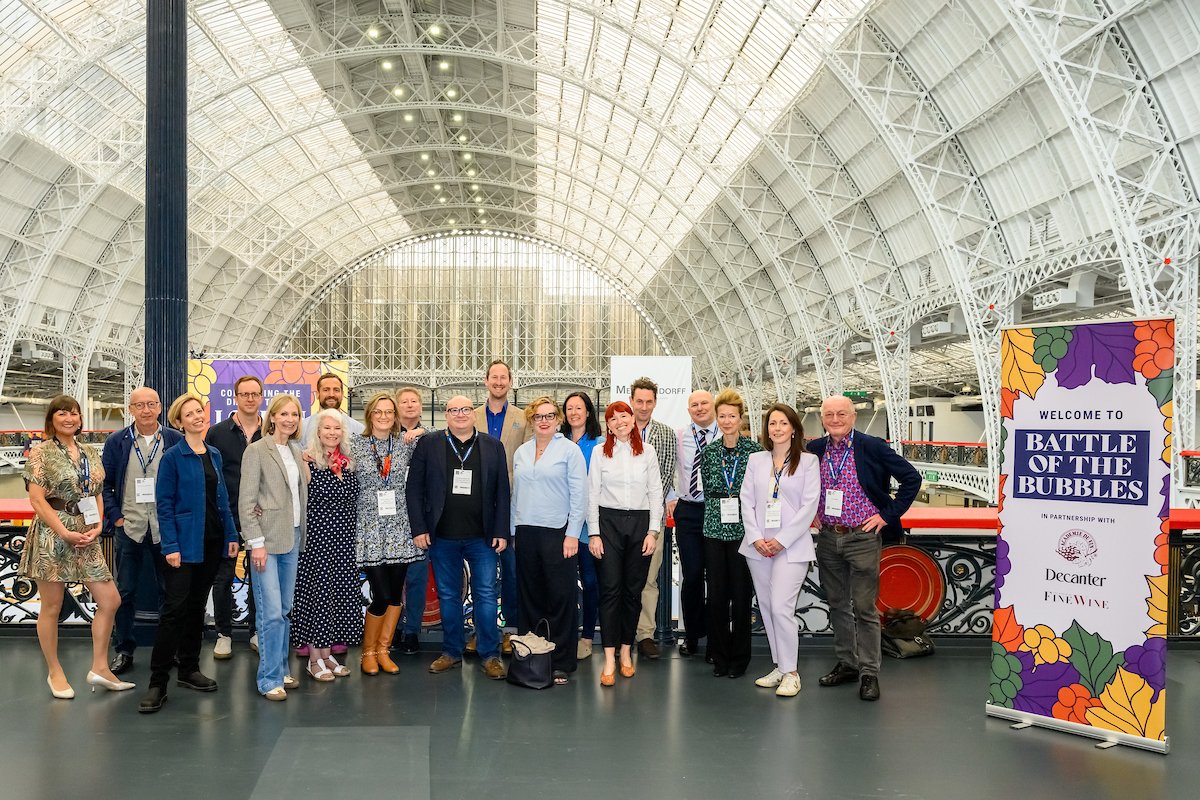
On the opening day of the London Wine Fair 2025, the special quiet room at Olympia London was the setting for a groundbreaking event – a modern “Judgement of Paris” for sparkling wines and the results were announced on Centre Stage. The “Battle of the Bubbles” transcended mere competition; it signified the dawn of a new era in the sparkling wine industry. This era emphasizes quality, character, and authenticity over geographical labels, moving beyond the traditional focus on Champagne. Drinks+ and the Wine Travel Awards are proud to serve as the official information partners for the London Wine Fair, recognized as a nominee and winner in the Enogastronomic Events/Event of the Year category. Following last year’s successful event – the “Judgement of London”, this new creative wine event showcases the commitment of the LWF to innovation in the wine world.
Battle of the Bubbles was a professional blind tasting of 26 wines arranged into 13 face-offs: each pairing a Champagne with a Global Sparkling counterpart. Scoring followed both a 100-point scale and the Borda Count method — often used in elections to reduce bias. Price was also factored in: how much does each quality point cost in GBP?
The tasting was curated by Sarah Abbott MW and Ronan Sayburn MS, who matched the pairs not only by style, but also by “personality” — each bottle had a worthy opponent.
The jury included the elite of the British wine world: Masters of Wine, Master Sommeliers, and leading journalists from Financial Times, Decanter, The World of Fine Wine, and beyond.
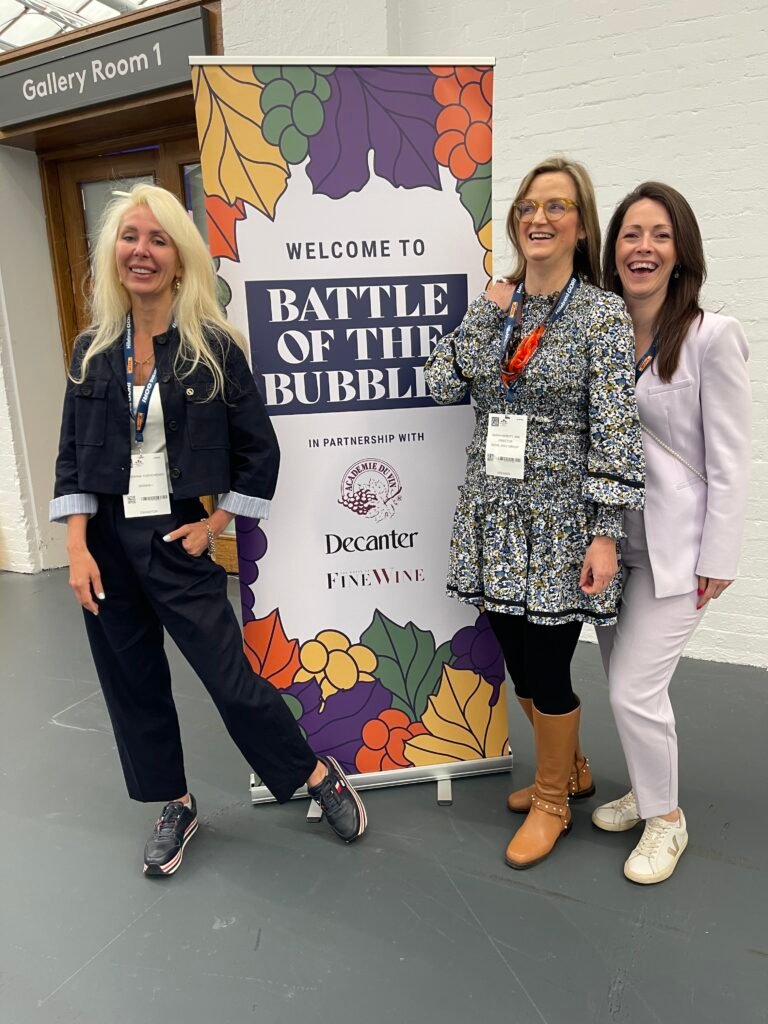
The global lineup included:
This wasn’t just about geography — it was a celebration of diverse philosophies: organic farming, long lees aging, natural fermentation, native varieties.
These results don’t dethrone Champagne — but they send a clear signal: the global sparkling scene has evolved. Top producers outside France now deliver wines of equal or greater excellence — often at better prices.
Yet the top 10 included not only Champagne houses like Dom Ruinart, Taittinger, Krug, Bollinger, but also sparklings from South Africa, New Zealand, the USA, and the UK.
Where Champagne once set the standard, others now meet — and even exceed — it. This requires a shift in how we view prestige, not only among consumers, but across the trade.
English sparkling wine is no longer a curiosity — it’s a global benchmark. Names like Nyetimber, Gusbourne, and Chapel Down are rewriting the rules. These wines deserve deeper study, broader importation, and louder advocacy.
Cloudy Bay (NZ), Graham Beck (SA), and Roederer Estate (USA) proved that quality can come from anywhere. For the HoReCa sector, this is a wake-up call to refresh wine lists. For importers, it’s a golden opportunity.
With Dom Pérignon costing 4–5x more than top-tier English sparklers, value-based tastings like this challenge the myths. Blind evaluation remains the great equalizer.
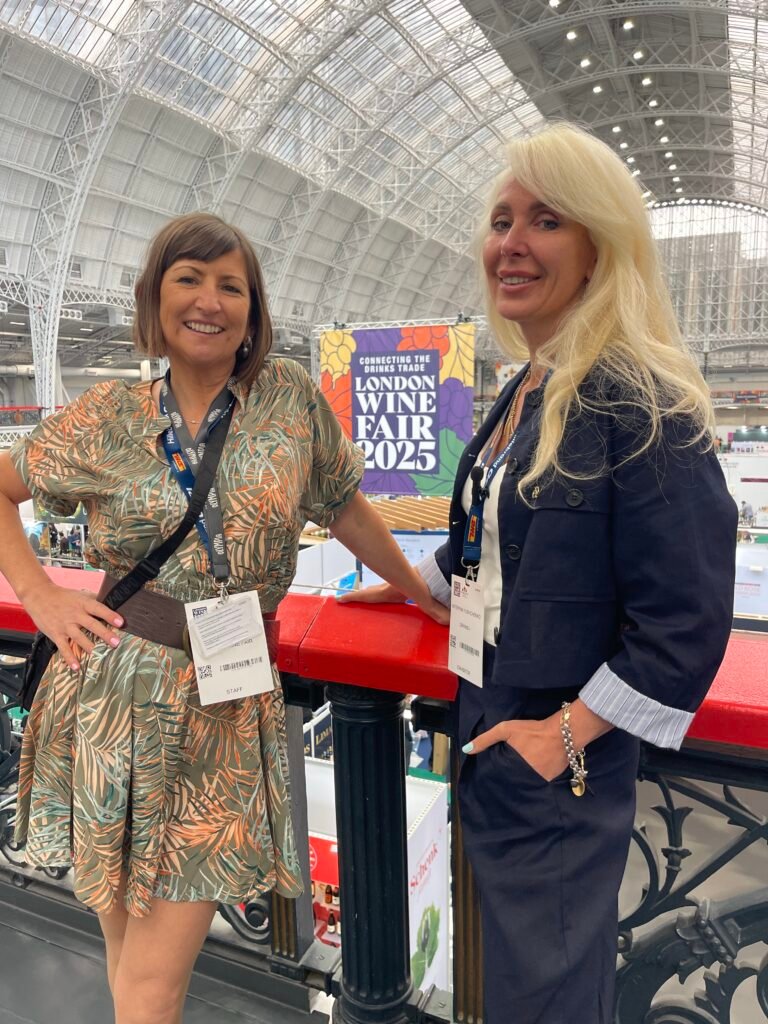
Many of the top-scoring wines showcased a commitment to sustainable winemaking:
These examples show that sustainability and quality are not mutually exclusive — in fact, they amplify each other.
Pelorus Rosé: Bright berry-driven profile with freshness and autolytic complexity at a friendlier price point.
This isn’t provocation. It’s serious research: can icons hold their thrones? The answer is increasingly clear—today’s best sparkling wine might not come from Reims. It could come from Kent, South Tyrol, or even coastal Ukraine.
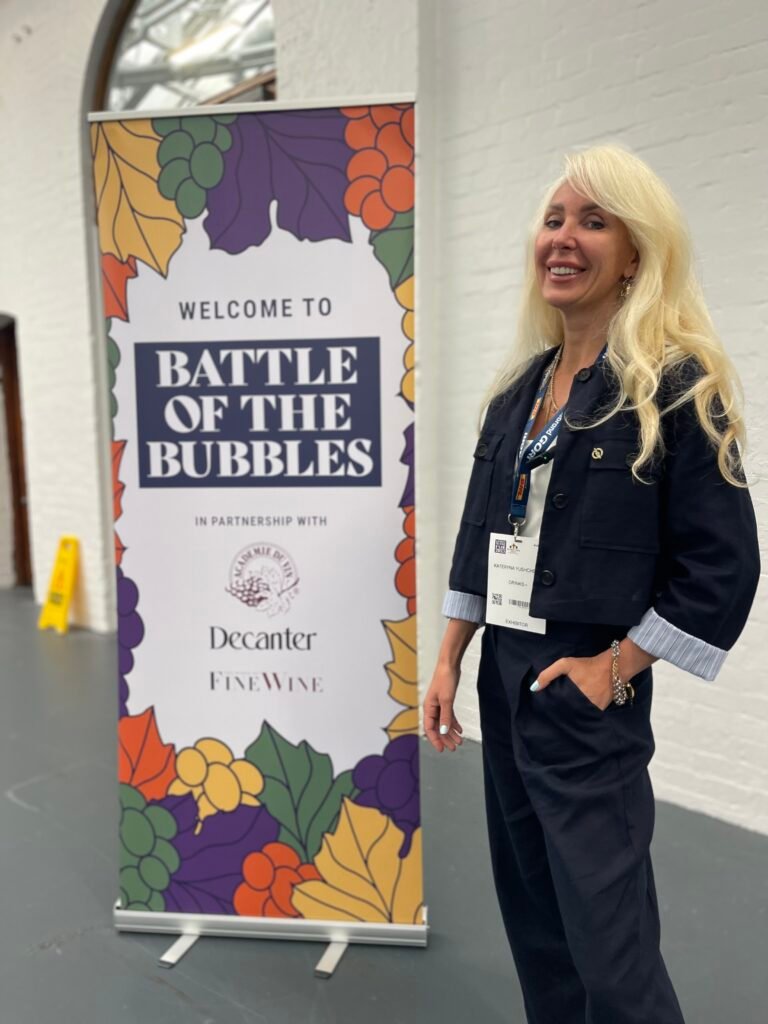
Tastings like this one reshape ideas of luxury and excellence. England, Tasmania, Sonoma, South Africa — they are no longer emerging. They’re leading.
In blind tastings, Dom Pérignon competes on content, not branding. The wine world is shifting toward post-brand thinking, where what’s in the glass outweighs what’s on the label.
Today’s finest wines blend complexity with transparency. The new luxury is ethical. Think Nyetimber, Gusbourne, Recaredo, Cruse — premium, but with principles.
Global Sparkling producers innovate faster: new grapes, dosage styles, lees aging, barrels, packaging. Champagne balances tradition and innovation, but newer players are unrestricted, and that gives them the edge.
If English winemakers, once obscure, can beat Champagne, so can Ukrainian wineries — with ambition, precision, and relentless pursuit of quality.
Tastes are evolving. Wine education is growing. Local and natural wines are thriving. It’s time to move beyond Prosecco and introduce a broader spectrum — from creamy French to Brut Nature from South Africa or Sonoma.
The wines that topped Battle of the Bubbles offer pedigree + story + value. They’re easy to promote, fun to feature on wine lists, and a sommelier’s dream. A new category awaits in wine bars, boutiques, and high-end grocery.
Ukrainian producers must aim beyond low prices. The goal is wines that impress experts, not just casual drinkers. Nyetimber’s story is one of 30 years of grit. Ukraine’s own pioneers — Beykush, Father’s Wine, 46 Parallel, Biologist — are starting that journey now.
Battle of the Bubbles is more than a tasting. It’s a mirror. In today’s wine market, success isn’t about being loud — it’s about being deep. The perfect bottle of sparkling isn’t confined to Reims. It could be from Kent, Alto Adige, or even the shores of the Black Sea.
Following the headline-grabbing Battle of the Bubbles on Day One of the London Wine Fair 2025, we caught up with Hannah Tovey, Head of LWF, to unpack the ideas behind the tasting that has everyone talking. What inspired this sparkling showdown? How were the wines chosen? And what might this mean for buyers – and bubbles – worldwide?

Kateryna Yushchenko: Let’s start at the beginning. How did the concept for Battle of the Bubbles come about?
Hannah Tovey: “Following our inaugural Icon Tasting last year – Judgement of London, an updated version of Steven Spurrier’s legendary Judgement of Paris – we knew we wanted a follow-up of equal calibre. We worked again with Sarah Abbott MW and Ronan Sayburn MS, who curated last year’s tasting, and the idea of comparing Champagne with top-tier global sparkling wines resonated. Like last year, we wanted to challenge assumptions and demonstrate that great sparkling wines worldwide can stand shoulder-to-shoulder with Champagne.”
K.Y.: What was the selection process like for the 13 pairs of wines? Were they submitted, invited, or chosen independently?
H.T.: “All the wines were sourced confidentially – through UK agents and retailers – and tasted blind, in pairs, under exam conditions. The selection was done by Ronan and Sarah, who focused on pairing wines by grape variety, terroir, ageing, and style. It was a rigorous, curated process to ensure fairness and quality.”
K.Y.: Sustainability and diversity are big themes across the wine world. Were those elements part of the decision-making for wines or judges?
H.T.: “Sustainability wasn’t a formal selection criterion for this tasting, but we’re definitely thinking about it for future editions. It’s a major theme across LWF content in general. Regarding judges, we had an equal number of men and women at the table. But above all, our priority was to gather the UK’s top sparkling wine palates – people with no built-in bias for or against Champagne.”
K.Y.: What exactly were the judges looking for in terms of wine quality?
H.T.: “I wasn’t judging myself, but balance, complexity, and finesse were key. Sarah and Ronan pointed out in the briefing that sparkling wine is uniquely challenging to taste – bubbles can obscure other elements and fatigue the palate. That’s why we gave judges extra time and encouraged total open-mindedness. No guessing the region, the producer, or the technique – just an honest quality assessment.”
K.Y.: Do you think Battle of the Bubbles will affect wine buying decisions in the UK or beyond?
H.T.: “While the tasting isn’t designed to influence listings directly, the results naturally draw attention. When wines like Graham Beck’s Cuvée Clive or Cloudy Bay’s Pelorus Rosé, which retail for under £20, score alongside Champagne royalty, that’s bound to spark conversations. And maybe some buying decisions too.”
K.Y.: So… what’s next? Can we expect another bold theme for 2026?
H.T.: “Absolutely. We’re already thinking about it – and as you saw this year, anything is possible.”
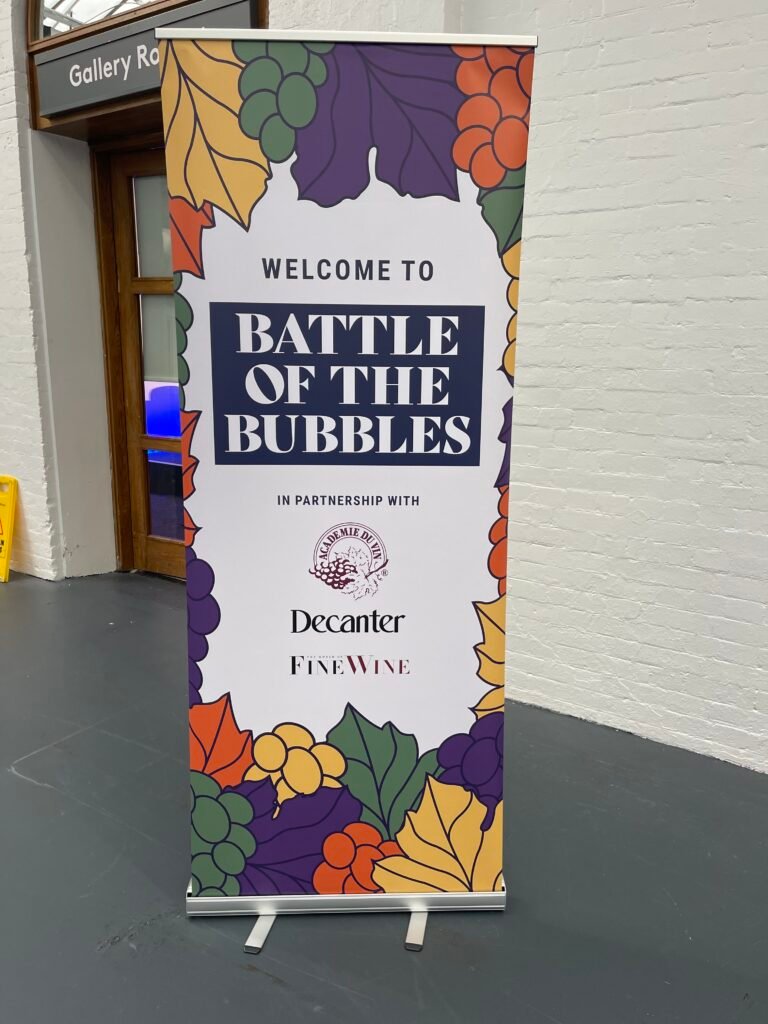
⇒ Join our social networks ⇒ Optimistic D+ editors will take this as a compliment.
⇒ Every like is taken as a toast!
02.10.2025
27.09.2025